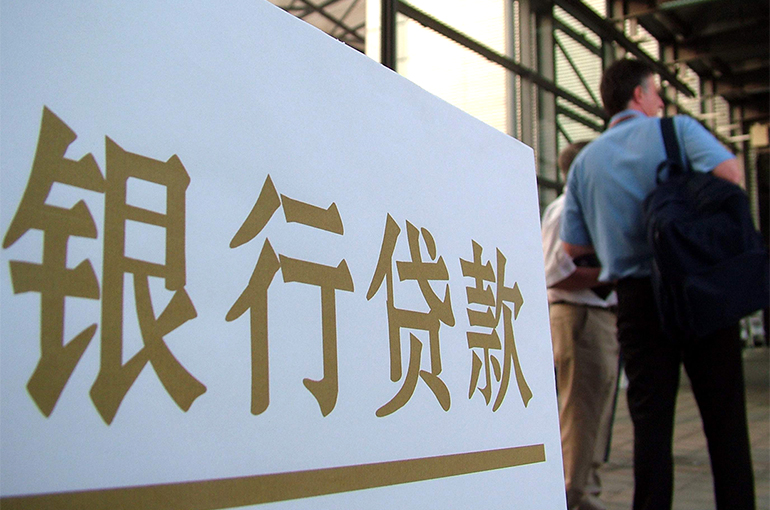 China's Special-Mention Loan Issuance Falls in First Quarter
China's Special-Mention Loan Issuance Falls in First Quarter(Yicai) May 20 -- The special-mention loans ratio at Chinese banks dropped in the first quarter while the non-performing loan balance and ratio rose, indicating the sector's strengthening risk capacity.
The ratio of special-mention loans fell to 2.18 percent from 2.22 percent last quarter from the prior one, according to data released by the China Financial Regulatory Administration on May 16. Chinese financial institutions' domestic and foreign currency assets rose 6.7 percent to CNY458.3 trillion (USD63.57 trillion) as of March 31 from a year ago.
Commercial banks held NPLs worth CNY3.4 trillion (USD471.6 billion) as of the end of the first quarter, up CNY157.4 billion (USD21.8 billion) from Dec. 31. In addition, the NPL ratio climbed 0.01 percentage point to 1.51 percent.
Special-mention loans refer to loans where borrowers can repay principal and interest, but some factors may adversely affect repayment. If these factors persist, the borrowers' repayment ability could be impacted, with the probability of loan loss not exceeding 5 percent.
NPLs are loans where borrowers fail to repay principal and interest on time per the loan agreement, or there are signs indicating that they might do so.
The increase in the NPL ratio at commercial banks may be related to the advancement of regulatory policies, according to a report by Industrial Bank. The transition period for Measures for the Risk Classification of Financial Assets of Commercial Banks ends at the end of this year, so some banks have proactively implemented strict NPL recognition in advance, leading to short-term fluctuations.
However, the decline in the special-mention loan proportion indicates a drop in potential risk loans, with overall asset quality remaining within a controllable range, the report said.
The provision coverage ratio of commercial lenders stood at 208.13 percent as of the end of last quarter, down from 211.19 at the end of last year. The loan loss provision ratio fell to 3.15 percent from 3.18 percent.
Commercial banks had a capital adequacy ratio of 15.28 percent, a Tier 1 capital adequacy ratio of 12.18 percent, and a core Tier 1 capital adequacy ratio of 10.70 percent in the first quarter, according to the China Financial Regulatory Administration.
Inclusive small and micro enterprise loans rose 12.5 percent to CNY35.3 trillion as of March 31 from a year earlier. Inclusive agricultural loans topped CNY13.7 trillion, up CNY795.5 billion.
The Chinese economy has continued its recovery trend since the start of this year, with the sustainability and stability of real economy financing demand and credit activity expansion comparable to that a year ago, said Wang Yifeng, chief banking analyst at Everbright Bank. Credit disbursement was front-loaded and intensive, and although loan growth will likely slow, the annual forecast of new loans reaching CNY18 trillion remains unchanged, Wang pointed out.
Editor: Martin Kadiev